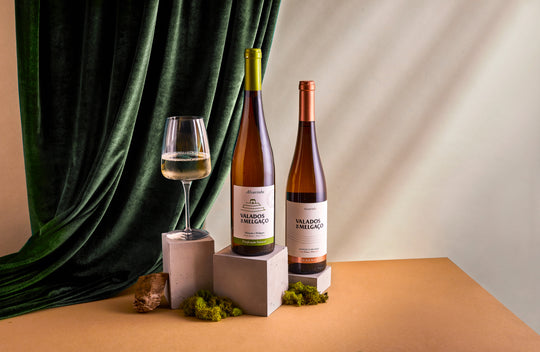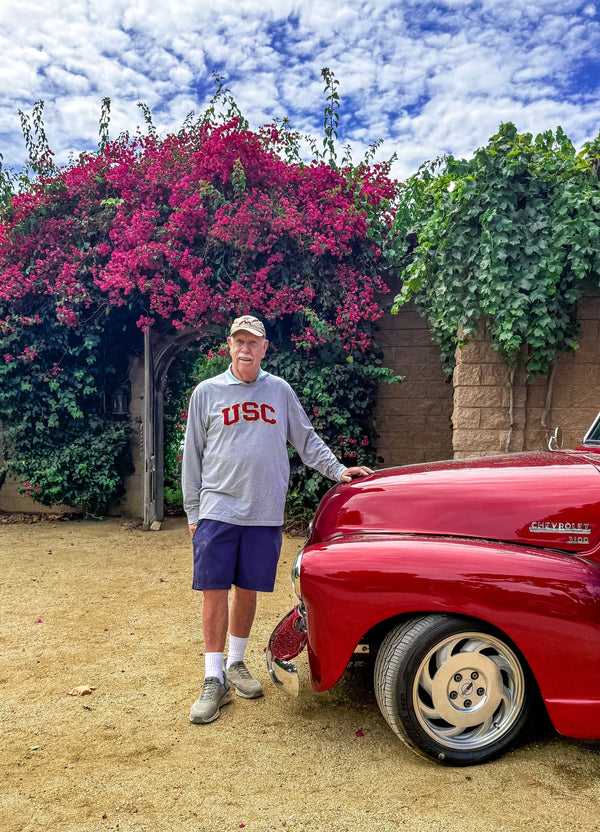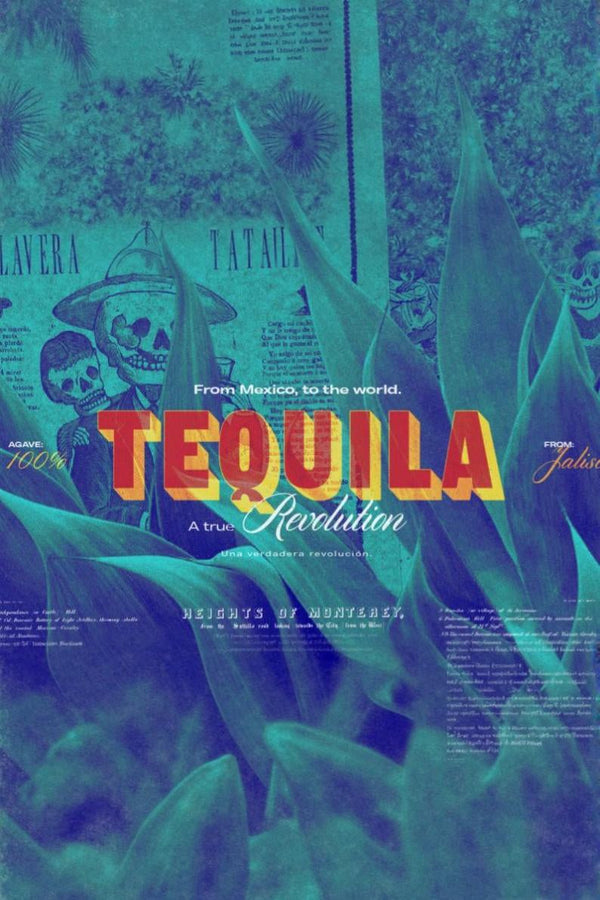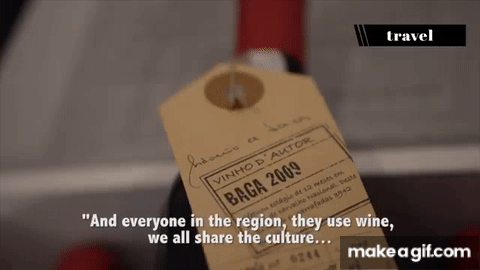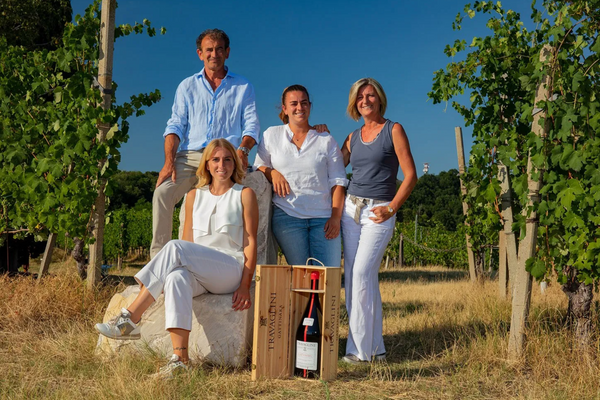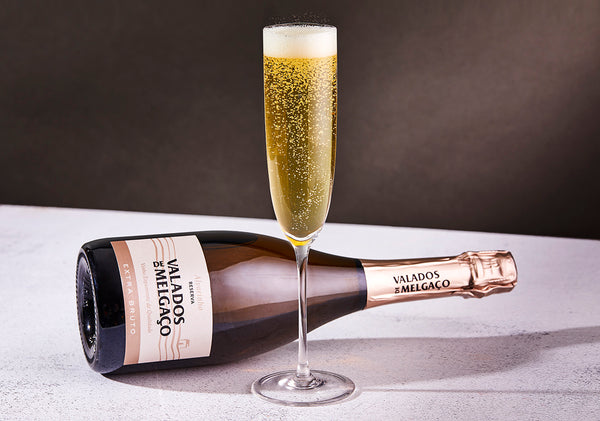When One Note Meets Another

Ever heard that inflated rumor that babies kicking around in the womb will come out smarter if they have been treated to the musical genius of Baroque or Beethoven?
While I can neither confirm nor deny this – I was not the pioneer of such a thing – I can point you in the direction of something else that grows to the melodic notes of these classical trailblazers, filtering through the leafy vines and cultivating a pointedly unique pastime.
DeMorgenzon Estate, located along the famous Stellenbosch strip in South Africa, believes in the motivating power of music. Their belief floats around the idea that classical music can positively influence the growth of grapevine and the fruit that it bears.
The magic number here is seven. For the past seven years, without a moment of pause or silence, Baroque and early Classical tunes have been monopolizing the sound waves in this little corner of the wine world.
DeMorgenzon Estate has been on this wild rollercoaster of a ride for the past seven years with their harvests because they believe that this music influences the way their wine both tastes and smells.
Don’t worry – these people haven’t gone completely crazy. I mean, I know that wine and classical music do sound like they go together, but could this be taking it a step too far? Perhaps not – there’s research to back up their claims.
I won’t bore you with the unbearable details – after all, this is supposed to be an enjoyable article to read, not an undergraduate paper on for your horticulture degree – but basically there are a handful of wiry haired scientists out there who have managed to put pen to paper and attest to the effects of sound energy on plant growth. It turns out it’s all great, positive stuff.
There’s an additional level of this, which we simply do not have time for today. This is that some plants even acknowledge and respond to hearing the music. However, all you need to know for today’s lesson on wines of the world is that there is a winery out there that fervently believes in the fertility of music on their precious plants.
However a practice like this may be perceived, the outcome has been brilliant – and keeps drawing people to witness something so spectacularly subtle. No, you can’t actually see any of the plants growing, or dancing for that matter. However, you can taste the distinction in the wine that helps to DeMorgenzon Estate stand out from the rest.
DeMorgenzon Estate Wine
Reserve Chenin Blanc 2017: the first wine touched by the Brainiac that was Baroque that we’ll talk about is the Reserve Chenin Blanc of 2017. Self-described as a showstopper, this sanguine Chenin will remind you of honey, toast, white flower and stone fruit when you first catch a whiff.
Orange blossom, caramel, and spice will bring up the rear on the palette, perfecting the balance between fruitiness and acidity.
Maestro White 2015: like many of the composers that grace this estate’s halls, we have to go back a few years to remind ourselves of when a star was born. Citrus, blossoms, stone fruits and spice sit nicely on the nose of this one. This is followed by a textured and full-bodied palate that lingers on the tongue.
DMZ Chardonnay 2017: You don’t have to go too far back to note the inception of this 2017 Chardonnay. However, you do have to close your eyes when you taste it for the complete experience. Hints of almonds and sweet vanilla on the nose will transport you to a simpler time when trees bearing both were in abundance.
Grapefruit, white peach and apricot finish off this vintage on the palette.
If two of your favorite things are good wine and classical music, you don’t need to look much further than DeMorgenzon Estate. They’ve got both, in abundance – and it’s hard to say which one influences the other more.

